10 Best Campsites in Iceland for Aurora Watching
Want to catch the Northern Lights in Iceland? Here are 6 great campsites with wide-open skies and amazing spots for easy, laid-back aurora watching.
Iceland's dramatic landscapes, cascading waterfalls, and otherworldly terrain make it one of the world's premier road trip destinations. Whether you have a long weekend or two weeks to explore this Nordic island nation, careful route planning ensures you'll experience Iceland's most spectacular natural wonders while maintaining a comfortable pace.
The key to a successful Iceland road trip lies in matching your itinerary to your available time. This comprehensive guide breaks down optimal routes for 3-day, 5-day, 7-day, and 14-day adventures, helping you maximize your Icelandic experience regardless of your schedule.
Before diving into specific routes, understanding Iceland's geography and driving conditions proves crucial for trip success. The Ring Road (Route 1) forms the backbone of most Iceland itineraries, circling the entire island over 1,332 kilometers. This well-maintained highway connects Iceland's major attractions and provides access to secondary roads leading to hidden gems.
Iceland's weather can change rapidly, especially during the winter months from October through April. Summer driving (May through September) offers the most favorable conditions with nearly 24 hours of daylight, while winter trips require extra preparation for snow, ice, and limited daylight hours. Most rental car companies offer vehicles equipped with studded tires during the winter months, which are mandatory by law.
A three-day Iceland adventure focuses on the country's most accessible and iconic attractions within driving distance of Reykjavik. This condensed itinerary covers approximately 600 kilometers and showcases Iceland's geological diversity without requiring extensive highway driving.
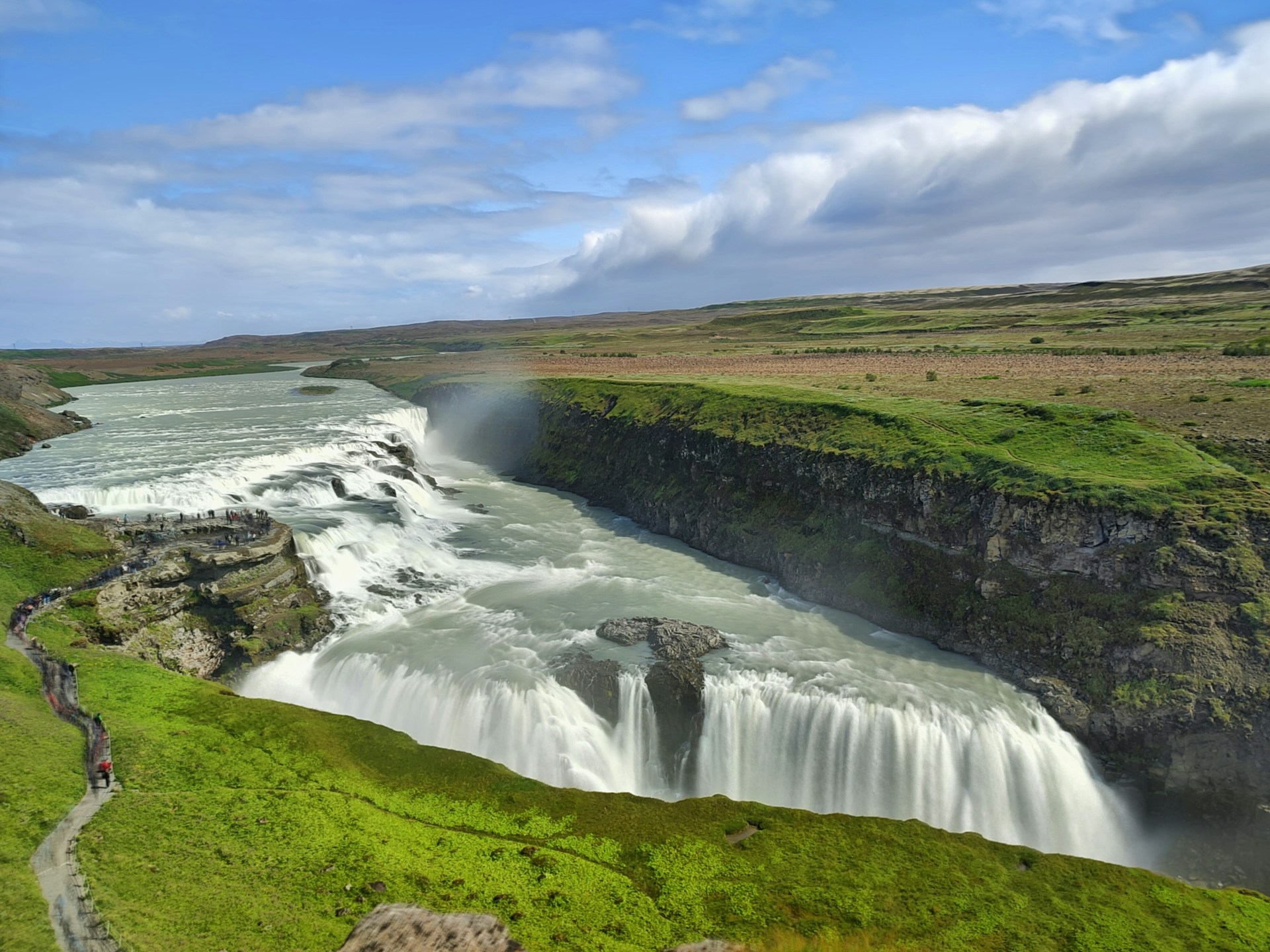
Starting from Reykjavik, the Golden Circle represents Iceland's most popular tourist route, covering three major attractions within a 300-kilometer loop. Thingvellir National Park serves as your first stop, where the North American and Eurasian tectonic plates visibly separate, creating a dramatic rift valley. This UNESCO World Heritage site also holds historical significance as the location of Iceland's ancient parliament, established in 930 AD.
Geysir geothermal area follows as your second destination, featuring the original geyser that gave its name to hot springs worldwide. While the Great Geysir rarely erupts nowadays, nearby Strokkur performs reliably every 5-10 minutes, shooting boiling water 15-20 meters skyward. The surrounding geothermal field bubbles with smaller hot springs and colorful mineral deposits.
Gullfoss waterfall concludes your Golden Circle journey with Iceland's most famous cascade. The Hvítá river plunges 32 meters over two tiers, creating a thunderous spectacle that generates mist visible from kilometers away. Walking paths provide multiple viewing angles, while the visitor center offers insights into the waterfall's geological formation and cultural significance.
Accommodation recommendations for your first night include staying in the Golden Circle area at Hotel Geysir or Gullfoss Hotel, positioning you perfectly for the next day's South Coast exploration.
The South Coast route from the Golden Circle area to Vík covers Iceland's most photographed landscapes. Seljalandsfoss waterfall provides a unique experience as visitors can walk completely behind the 60-meter cascade, though waterproof clothing is essential due to spray and mist. The nearby Gljúfrabúi waterfall hides within a narrow canyon, accessible by wading through a shallow stream.
Skógafoss represents Iceland's most powerful waterfall accessible by road, with 60 meters of falling water creating perpetual rainbows on sunny days. Climbing the 500+ steps beside the waterfall rewards visitors with panoramic views over the South Coast. The adjacent Skógar Folk Museum showcases traditional Icelandic culture and architecture.
Reynisfjara black sand beach near Vík showcases Iceland's volcanic origins through dramatic basalt columns, sea stacks, and powerful Atlantic waves. The contrast between black volcanic sand and white ocean foam creates striking photographic opportunities, though visitors must maintain safe distances from the dangerous sneaker waves that can appear unexpectedly.
Vík í Mýrdal serves as an ideal overnight base, offering several accommodation options including Hotel Katla and Puffin Hotel Vík, plus restaurants and services for road trip supplies.
The final day extends eastward to Jökulsárlón glacier lagoon, Iceland's most surreal natural attraction. This glacial lake formed as Breiðamerkurjökull glacier retreated, leaving behind a deep lagoon filled with floating icebergs in various shades of blue and white. Boat tours operate during summer months, providing close encounters with seals and spectacular ice formations.
Adjacent Diamond Beach offers another photographic marvel as glacial ice chunks wash onto black volcanic sand, creating natural sculptures that sparkle like gems. The contrast between crystalline ice and dark sand produces some of Iceland's most Instagram-worthy scenery.
The return journey to Reykjavik covers approximately 370 kilometers, allowing time for revisiting favorite stops or exploring additional South Coast attractions like Dyrhólaey arch or Eldhraun lava field. This day involves significant driving time, so an early departure from Vík ensures adequate exploration time at Jökulsárlón.
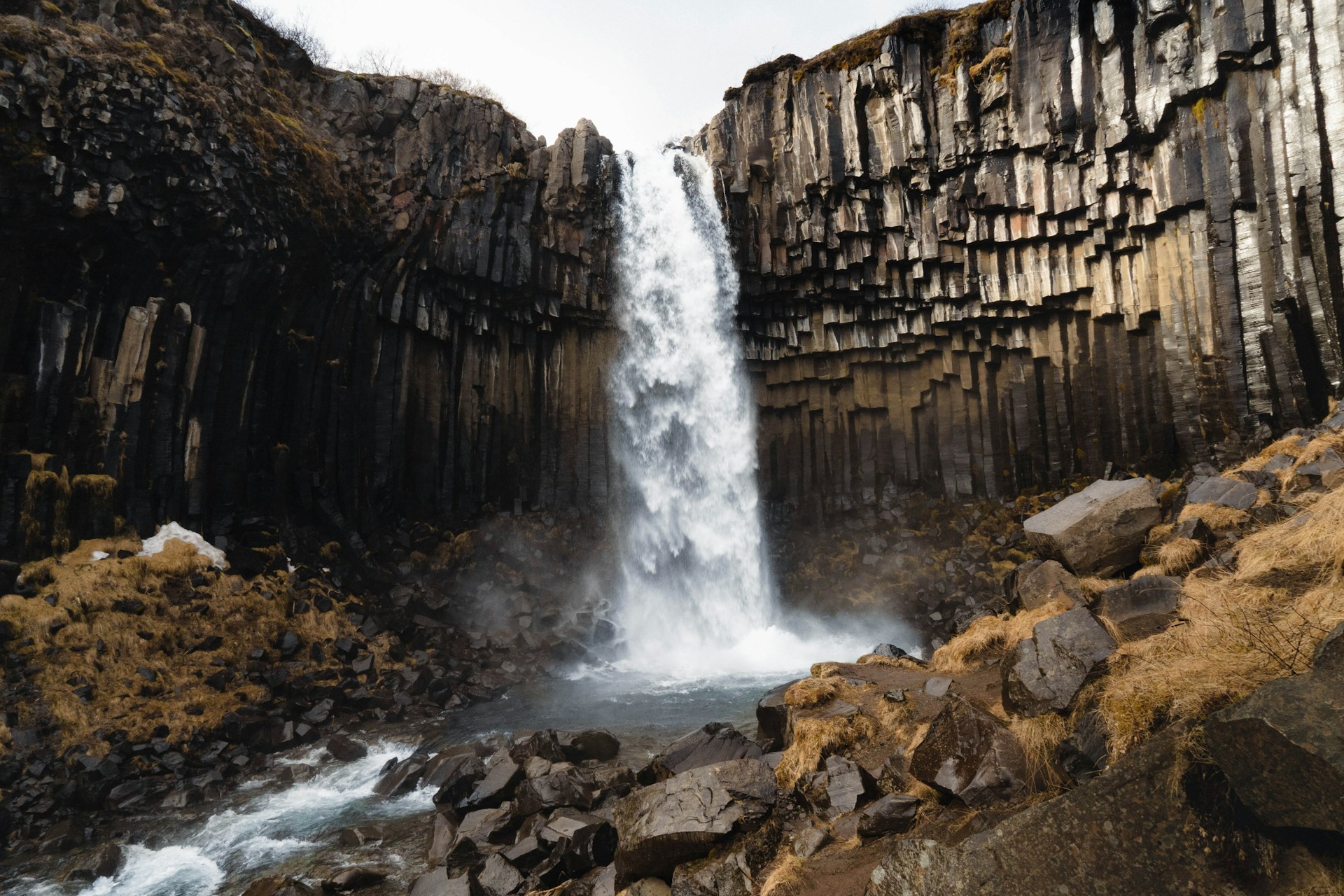
Five days allows for a more relaxed pace while adding the Snæfellsnes Peninsula, often called "Iceland in Miniature" for its diverse landscapes compressed into a relatively small area. This itinerary covers approximately 1,000 kilometers and provides excellent geographic variety.
The first two days follow the 3-day itinerary's Golden Circle and South Coast route, but with additional time for thorough exploration. Extra time allows for hiking opportunities like the Fimmvörðuháls trail between Skógafoss and Þórsmörk valley, though this requires good physical condition and proper hiking equipment.
Alternatively, use the additional time for glacier hiking or ice cave tours departing from Skaftafell National Park. These guided experiences provide close encounters with Vatnajökull, Europe's largest glacier by volume, while ensuring safety on potentially dangerous ice formations.
Departing early from the South Coast, drive north toward the Snæfellsnes Peninsula via Route 1 and Route 54. This peninsula extends west from Iceland's mainland and features diverse attractions within a compact area.
Kirkjufell mountain near Grundarfjörður ranks among Iceland's most photographed landmarks, especially when combined with nearby Kirkjufellsfoss waterfall in the foreground. The distinctive pyramid-shaped peak appears frequently in Northern Lights photography and Game of Thrones filming locations.
Snæfellsjökull National Park centers around the glacier-capped Snæfellsjökull volcano, made famous by Jules Verne's "Journey to the Center of the Earth." Various hiking trails explore the park's lava fields, coastal cliffs, and diverse birdlife, while the glacier summit requires mountaineering experience and equipment.
Complete the Snæfellsnes Peninsula circuit by exploring its dramatic coastline and charming fishing villages. Arnarstapi and Hellnar feature spectacular coastal cliffs, natural arches, and basalt formations carved by centuries of Atlantic storms. Walking trails connect these villages through some of Iceland's most dramatic coastal scenery.
Djúpalónssandur black sand beach showcases Iceland's maritime history through shipwreck remains and traditional fishing stones used to test fishermen's strength. The beach's powerful waves and dramatic rock formations create an otherworldly atmosphere typical of Iceland's coastline.
Ólafsvík or Grundarfjörður provide comfortable accommodation options for experiencing authentic Icelandic fishing village culture while positioning perfectly for the return journey to Reykjavik.
The final day offers opportunities to explore Reykjavik area attractions missed during your departure. The Blue Lagoon geothermal spa provides a relaxing conclusion to your road trip adventure, though advance booking is essential during peak seasons.
Alternatively, explore Reykjanes Peninsula's geothermal areas, including Gunnuhver hot springs and the Bridge Between Continents, which spans the Mid-Atlantic Ridge. These attractions complement your South Coast geological experiences while remaining close to Keflavik Airport for departure convenience.
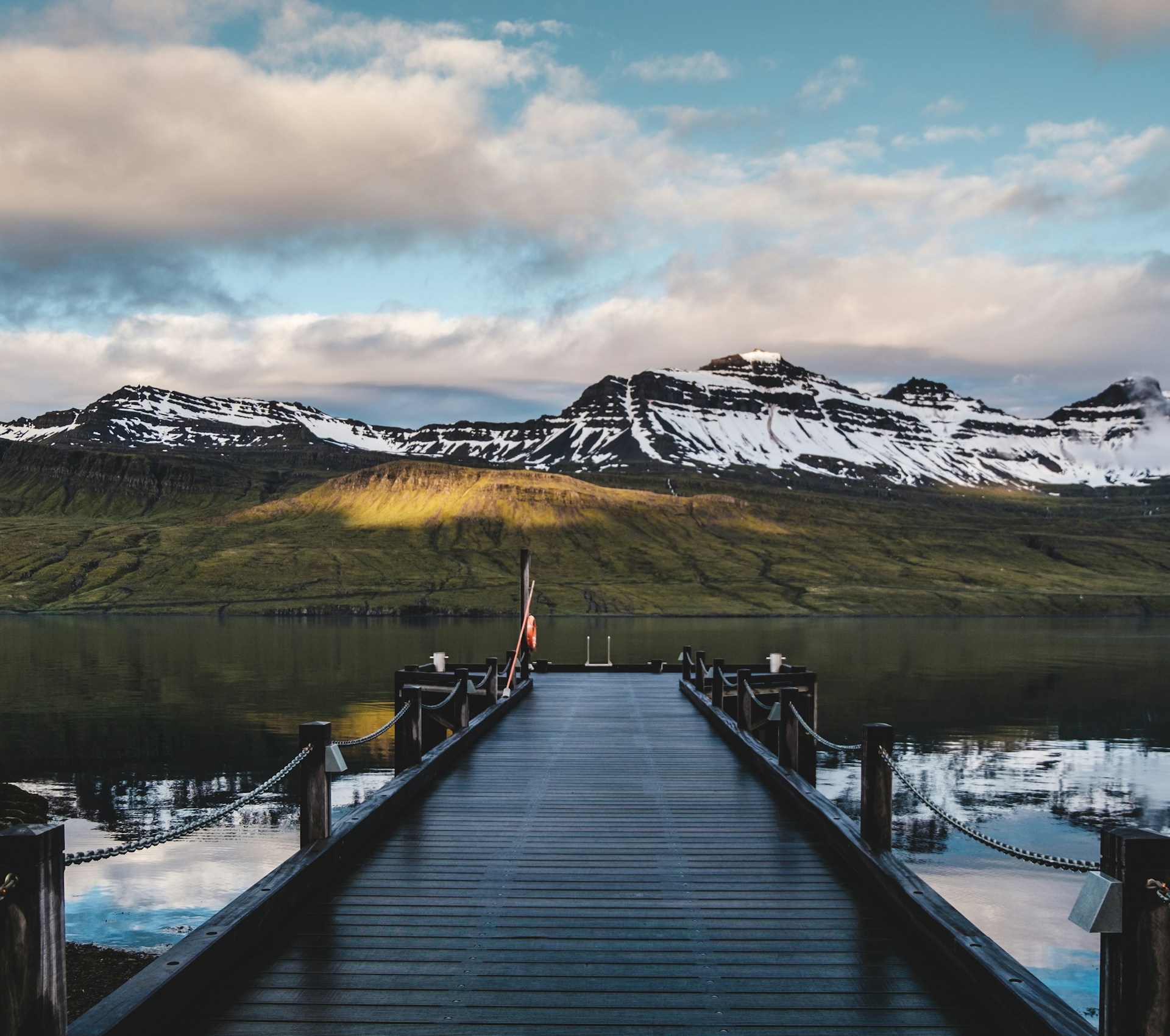
Seven days enables exploration of Iceland's eastern regions while maintaining comfortable daily distances. This itinerary covers approximately 1,400 kilometers and includes some of Iceland's most remote and spectacular landscapes.
Follow the 5-day itinerary's first three days, but extend your South Coast exploration to include Höfn, Iceland's lobster capital. This charming coastal town provides excellent seafood dining while serving as a gateway to Vatnajökull National Park's eastern sections.
Additional time allows for boat tours from Höfn harbor, providing different perspectives on glacial landscapes and potential wildlife sightings, including seals and various seabird species. The town's location also offers excellent Northern Lights viewing opportunities during winter months.
The Eastfjords region represents Iceland's most underrated landscape, featuring dramatic fjords, remote fishing villages, and some of the country's most challenging but rewarding driving. Route 1 winds through spectacular mountain passes and coastal stretches that rival Norway's famous fjord drives.
Stokksnes Peninsula near Höfn offers stunning black sand dunes backed by Vestrahorn mountain, creating desert-like landscapes unique in Iceland. This location requires a small entrance fee but provides exceptional photographic opportunities, especially during golden hour lighting.
Djúpivogur village showcases traditional Icelandic architecture and culture while serving as a base for exploring nearby Papey Island. This small island features puffin colonies during summer months and historical ruins dating to medieval times.
The drive from Eastfjords to Lake Mývatn covers some of Iceland's most desolate but beautiful interior landscapes. Route 1 crosses highland plateaus and volcanic desert areas that showcase Iceland's geological complexity beyond its famous waterfalls and glaciers.
Egilsstaðir serves as the Eastfjords' main town and provides services including accommodation, fuel, and dining options. The surrounding area features forests unusual in Iceland, hiking trails, and Lagarfljót lake, famous for its monster legends similar to Scotland's Loch Ness.
Lake Mývatn region offers Iceland's most concentrated geothermal activity outside the Golden Circle. The lake itself formed from volcanic activity and supports unique ecological systems adapted to its unusual chemistry and temperature variations.
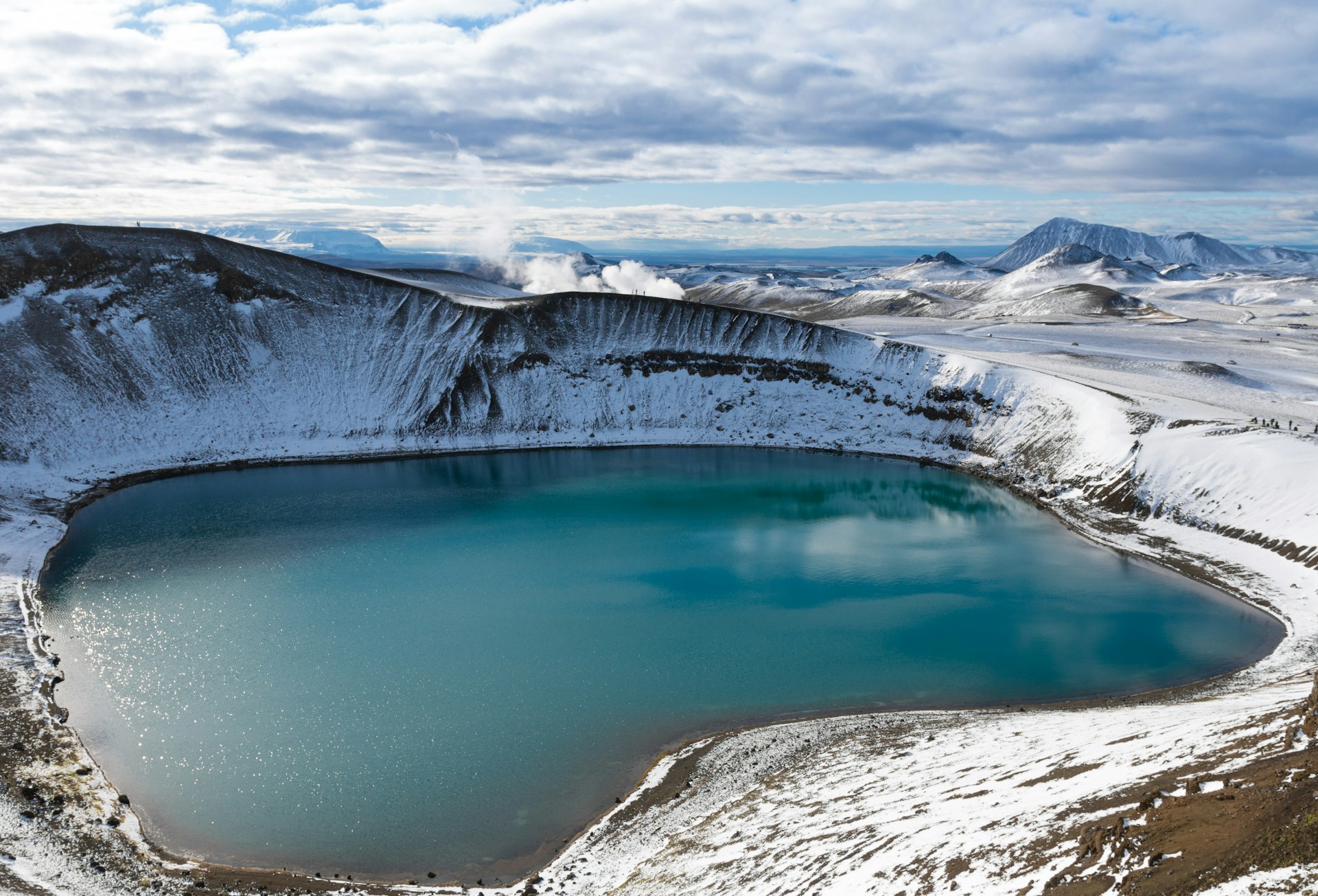
Dedicate a full day to Lake Mývatn's incredible geothermal attractions. Námafjall geothermal area features bubbling mud pots, steaming fumaroles, and colorful mineral deposits that create an otherworldly landscape. The sulfur smell can be overwhelming, but the geological spectacle justifies the discomfort.
Dimmuborgir lava formations create a labyrinth of volcanic rock pillars and caves that folklore associates with trolls and hidden people. Walking trails wind through these formations, providing insights into volcanic processes that shaped Iceland's landscape.
Grjótagjá cave features a small geothermal pool made famous by Game of Thrones filming, though swimming is no longer recommended due to high water temperatures. The cave itself demonstrates how geothermal activity creates underground hot springs throughout Iceland.
Mývatn Nature Baths offer a less crowded alternative to the Blue Lagoon, featuring milky blue geothermal waters rich in minerals and silica. The facility provides spa services while maintaining a more natural setting surrounded by lava fields and volcanic landscapes.
Akureyri, Iceland's second-largest city, provides urban amenities and cultural attractions while serving as northern Iceland's regional capital. The city features excellent restaurants, museums, and botanical gardens that thrive despite its location just 100 kilometers south of the Arctic Circle.
The return journey to Reykjavik follows Route 1 through Iceland's interior highlands, passing Blönduós and other small towns that showcase rural Icelandic life. This route provides different perspectives on Iceland's landscapes while covering approximately 460 kilometers.
Two weeks allows for the complete Ring Road experience plus extensive exploration of Iceland's highlands, Westfjords, and hidden gems accessible only with adequate time and planning. This comprehensive journey covers approximately 2,500 kilometers.
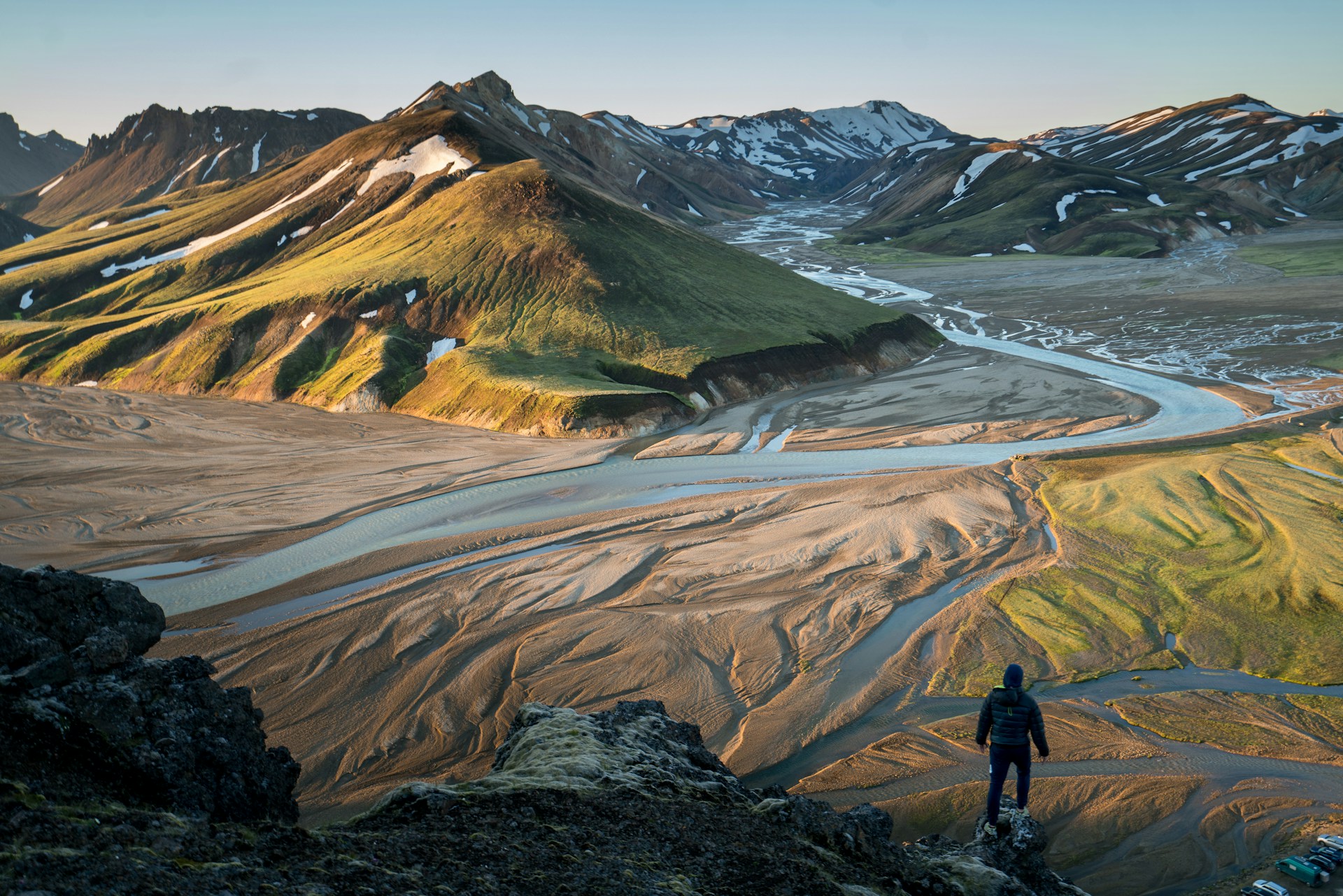
Follow the 7-day itinerary but with additional time for in-depth exploration of each region. Extra days allow for multi-day hiking in Skaftafell National Park, extended stays in the Eastfjords for wildlife watching and cultural experiences, and thorough exploration of Lake Mývatn's numerous attractions.
Consider adding Landmannalaugar to your itinerary if traveling during summer months when highland roads are accessible. This geothermal area features colorful rhyolite mountains, natural hot springs, and hiking trails through some of Iceland's most spectacular interior landscapes.
Northern Iceland offers attractions beyond Akureyri including Húsavík, Europe's whale watching capital, and Ásbyrgi canyon, a horseshoe-shaped gorge formed by glacial flooding. These destinations require additional driving but provide unique experiences unavailable elsewhere in Iceland.
The Westfjords represent Iceland's most remote and dramatic region, featuring towering sea cliffs, traditional fishing villages, and some of Europe's most impressive bird colonies. Ísafjörður serves as the regional capital and provides accommodation and services for exploring this rugged peninsula.
Dynjandi waterfall in the Westfjords ranks among Iceland's most spectacular cascades, featuring a series of falls culminating in a 100-meter pyramid-shaped waterfall. The relatively difficult access keeps visitor numbers low while rewarding those who make the journey.
Complete your Ring Road circuit by exploring western Iceland's attractions, including Snæfellsnes Peninsula (covered in the 5-day itinerary) and additional time for Reykjavik area exploration. The capital city offers world-class museums, vibrant nightlife, and cultural experiences that complement your natural landscape adventures.
The Reykjanes Peninsula provides geological attractions, including active volcano sites, depending on current activity levels, geothermal areas, and the famous Blue Lagoon. This region also offers insights into Iceland's renewable energy systems through geothermal power plants and visitor centers.
Final days can include highland adventures like Landmannalaugar and Þórsmörk valley, accessible via modified 4x4 vehicles or specialized highland buses. These areas showcase Iceland's interior volcanic landscapes and provide hiking opportunities ranging from day walks to multi-day treks.
The complete Ring Road requires minimum 7-10 days for basic coverage, though 14 days allows comfortable exploration with hiking and extended stops. Driving the 1,332-kilometer circuit takes about 17 hours without stops, but Iceland's attractions demand significant time for proper appreciation.
Summer months (June-August) offer optimal conditions with 24-hour daylight, accessible highland roads, and mild weather. May and September provide good conditions with fewer crowds, while winter road trips (October-April) require 4WD vehicles and winter driving experience but offer Northern Lights viewing opportunities.
Standard 2WD vehicles suffice for Ring Road travel during summer months on paved Route 1. 4WD vehicles become necessary for winter conditions, highland F-roads like Landmannalaugar access, and challenging terrain in Westfjords or remote areas.
Daily costs range from $150-200 for budget travelers using camping and self-catering to $400-600 for mid-range accommodation and dining. Rental cars cost $40-120 daily depending on vehicle type and season, while fuel averages $80-100 per tank for Ring Road distances.
Winter Ring Road driving is possible but challenging, requiring studded tires (mandatory), 4WD recommended, emergency supplies, and flexible itinerary due to weather closures. Many highland roads close October through May, limiting route options but enabling Northern Lights viewing.